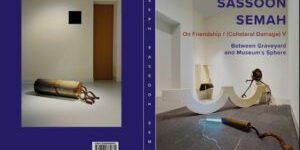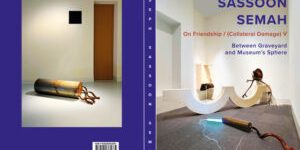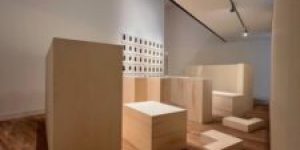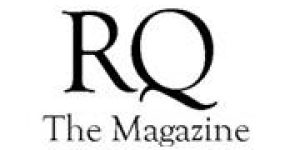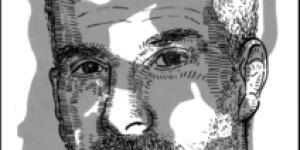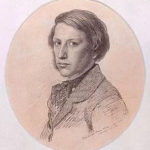On Friendship / (Collateral Damage) – IV How to Explain Hare Hunting to a Dead German Artist [The usefulness of continuous measurement of the distance between Nostalgia and Melancholia] (September 2021 – June 2022)
No Comments yet Introduction
Introduction
In 2021/22 the 100th anniversary of the birth of artist Joseph Beuys will be celebrated in Europe, among others with the special event ‘Beuys 2021. 100 years’. Twelve cities and twenty institutes in North Rhine-Westphalia in Germany will be organizing exhibitions, theatre and other activities to celebrate this anniversary. (see for more info https://beuys2021.de/en).
Joseph Heinrich Beuys (1921, Krefeld- 1986, Düsseldorf) is one of the most influential German post-war artists, who became particularly famous for his performances, installations, lectures and Fluxus concerts. But who was Beuys truly? Joseph Beuys mythologized his war history as a National Socialist and Germany’s problematic and post-traumatic past. After Word War ll Beuys transformed himself from perpetrator to victim. His service in the Luftwaffe did not offset his artistic practice. During this 100-years event none of these controversial aspects of Beuys’ work, values and ideas are focused upon. As part of this celebration it is high time to add a more critical eye on Beuys’ work and his relationship to Germany’s post-war history.
Project
On Friendship / (Collateral Damage) IV -How to Explain Hare Hunting to a Dead German Artist [The usefulness of continuous measurement of the distance between Nostalgia and Melancholia] (‘Hasenjagd’ is the code word for killing Jews during World War II) centers on Joseph Beuys and Joseph Sassoon Semah takes us on a journey of critical analysis of Beuys. Linda Bouws is the curator.
Art cannot be seen disengaged from society – which political, social and cultural implications does Joseph Beuys’ work show us?
How do work and politics relate in Beuys’ work, what is myth and what is reality? Did Beuys free art of power and financial gain or did he use his art with the purpose to forget or idealize his own war history and that of Germany? Does his transformation from perpetrator to victim fit into post-war Germany? How did Beuys use his ‘visual codes’, that have disappeared, and secret symbols? How must we interpret Beuys in this celebratory year 2021?
Joseph Sassoon Semah has done extensive research into Joseph Beuys’ work, values and ideas and based on this research and texts he will analyse the deeper meaning of the (secret) symbols used by Joseph Beuys for ‘On Friendship / (Collateral Damage) IV- How to Explain Hare Hunting to a Dead German Artist [The usefulness of continuous measurement of the distance between Nostalgia and Melancholia]’. He will react to them using new monumental sculptures and a series of old and new drawings, performances, texts and meetings.
This project wants to raise public awareness about the missing information on Joseph Beuys. Information that has been disregarded during this celebratory year or has been evaded to avoid uncomfortable confrontations. A new project about the reading of Beuys’ ‘shrouded’ art by the Jewish-Babylonian artist Joseph Sassoon Semah.
We will cooperate with among others with Gerard-Marcks-Haus Bremen, Goethe-Institut Amsterdam, Duitsland Instituut Amsterdam, Lumen Travo Gallery, Redstone Natuursteen & Projects, the Jewish Historical Museum and The Maastricht Institute for the Arts. After completion of the manifestation a complementary publication will be compiled.
Metropool International Art Projects
Contact: Linda Bouws
lindabouws@gmail.com
Mob +31(0) 620132195
You May Also Like
Comments
Leave a Reply


